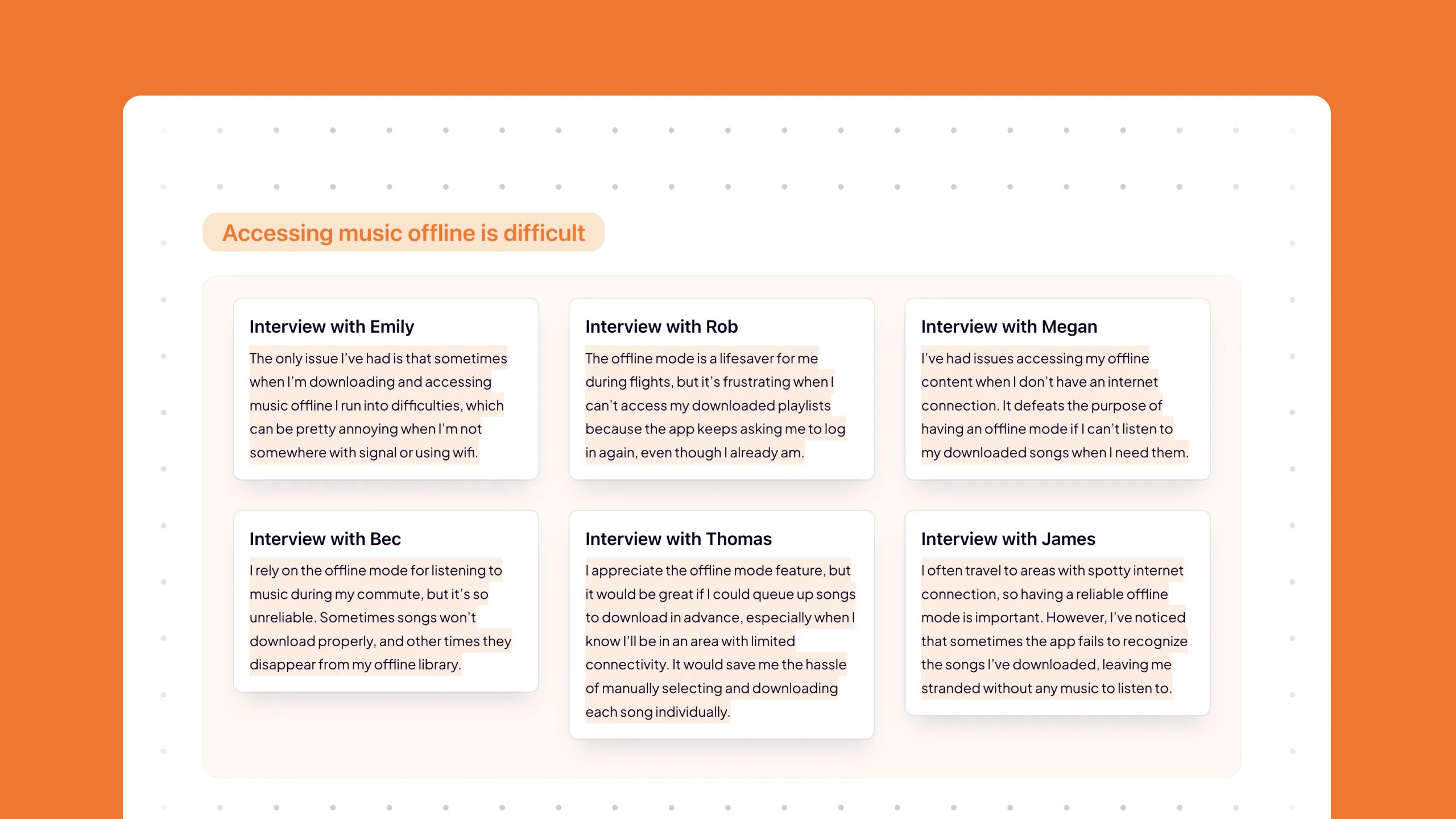Generate quick replies
An intelligent assistant that analyzes emails to identify questions and feedback requests, providing pre-generated response options and converting them into complete and contextually appropriate replies.


Having full responses generated from quick reply options makes handling emails so much easier and quicker. It's like having a personal assistant for my inbox!


- Reduced Cognitive Load: Less effort required to draft full responses based on your answers.
- Personalized Replies: Generate detailed replies that match your unique style.
- Actionable Recognition: Identify and address key questions and feedback points.

More of the Witlist

LLM’s are great at organizing narratives and findings. It's helpful to see the sources that support these conclusions, making it easier to understand the analysis and where it comes from.

A smart browser assistant that understands the context of your open tabs to offer relevant suggestions and actions, enhancing productivity through transparency and control.

Generative AI can provide custom types of input beyond just text, like generated UI elements, to enhance user interaction.

Embedding models can rank data based on semantic meaning, evaluating each individual segment on a spectrum to show its relevance throughout the artifact.

Using the source input as ground truth will help trust the system and makes it easy to interpret its process and what might have gone wrong.

Generating multiple outputs and iteratively using selected ones as new inputs helps people uncover ideas and solutions, even without clear direction.